DESIGN WITH NATURE
Our mission is challenging all boundaries between space & nature. The inside & outside.
At Studio NousNous, as a seasoned leader in biophilic spatial design, we are committed to crafting environments that promote health, wellbeing, and innovation. Our extensive expertise includes designing spaces in residential, office, retail, parks, and healthcare sectors. We enrich each project with unique, creative elements that boost value for real estate developers and aid in cultivating vibrant, sustainable communities. Dedicated to reestablishing connections between people and nature, we create thriving green interior and exterior landscapes that seamlessly blend architecture, interiors, and natural settings, enriching lives and enhancing global wellness.
READ MORE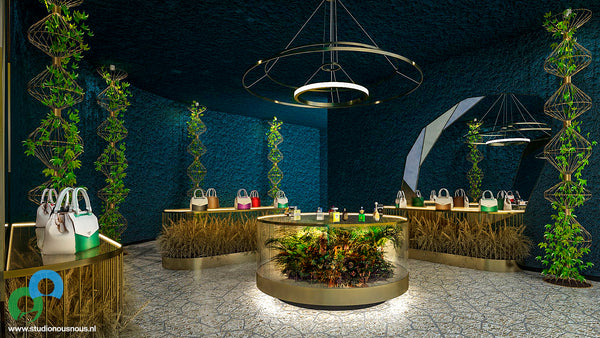
RETAIL

HEALTHCARE
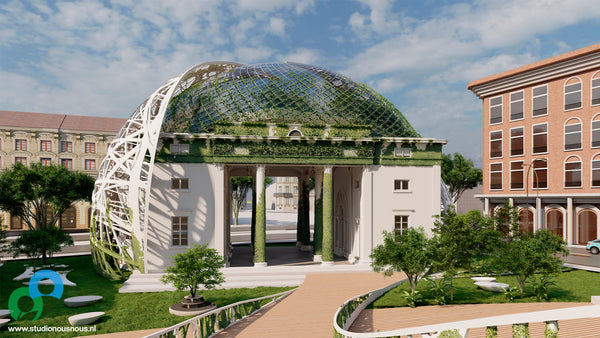
ARCHITECTURE / PUBLIC SPACE / GARDENS
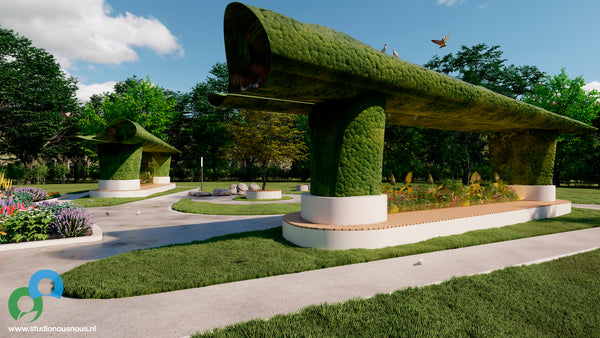
PUBLIC SPACE / GARDENS
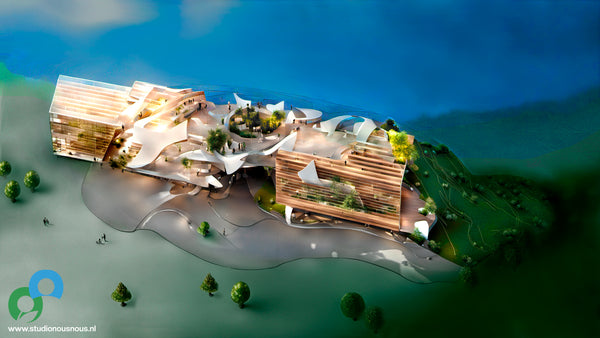
ARCHITECTURE / HEALTHCARE
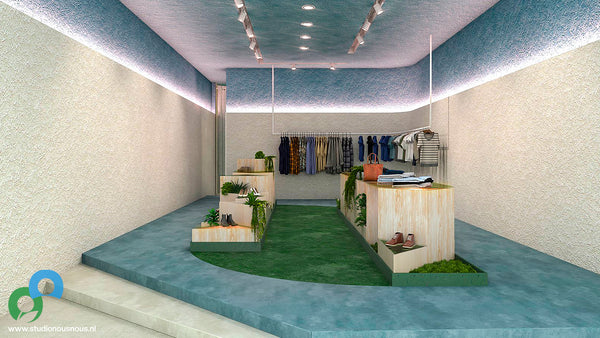
RETAIL
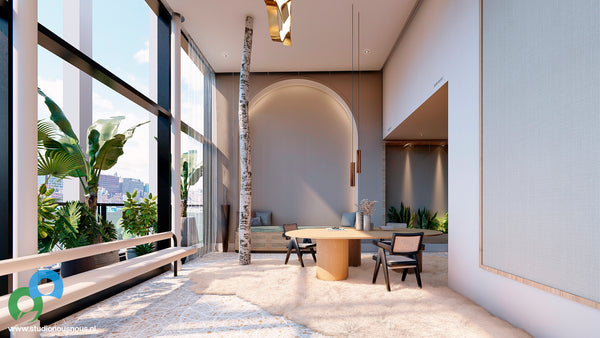
RESIDENTIAL
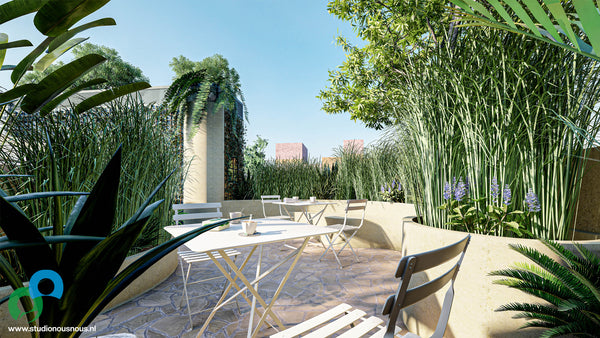
GARDENS
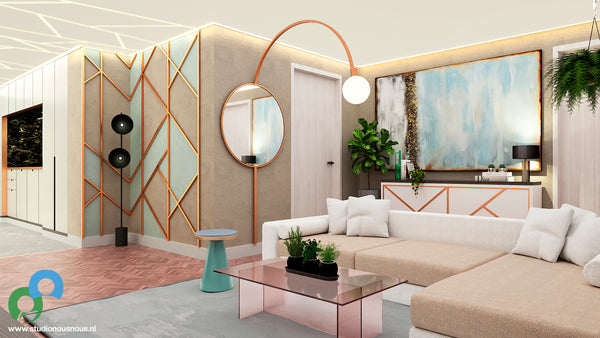
RESIDENTIAL
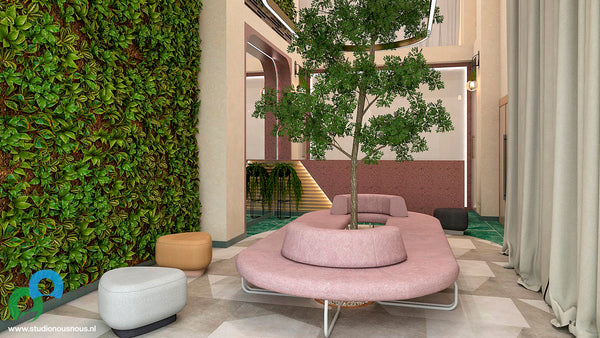
HEALTHCARE
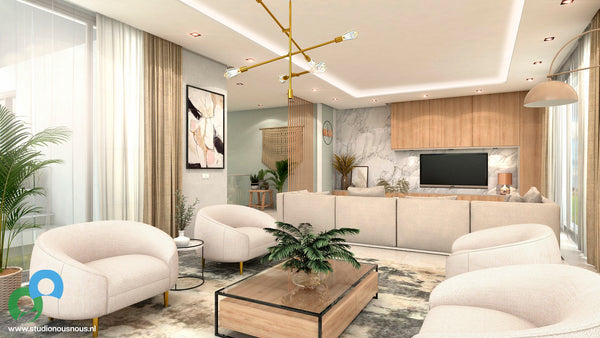
RESIDENTIAL
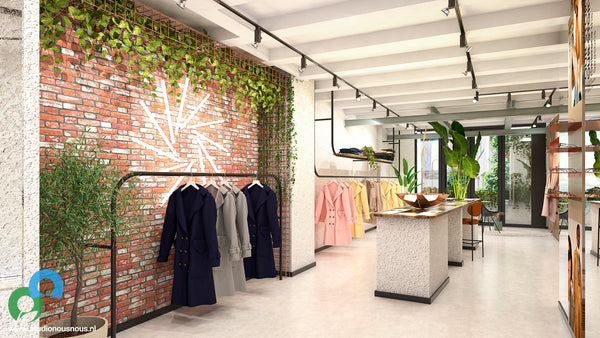
RETAIL

ARCHITECTURE
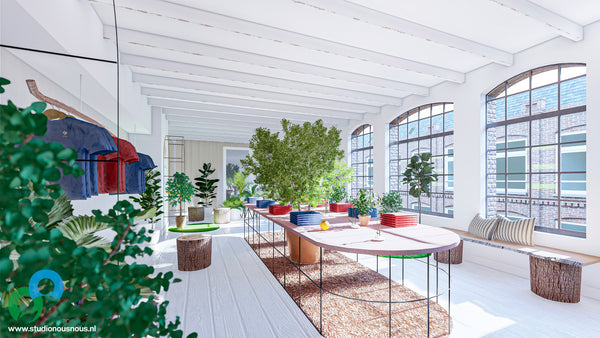
RETAIL
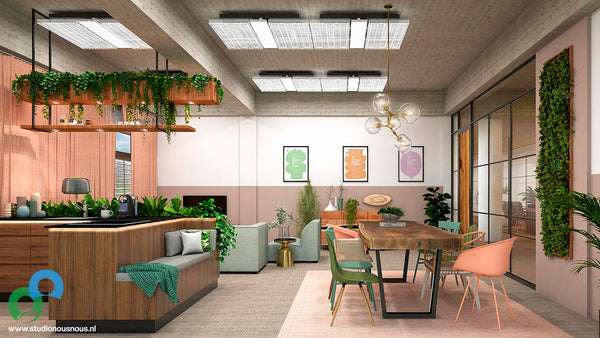
OFFICE

RESIDENTIAL
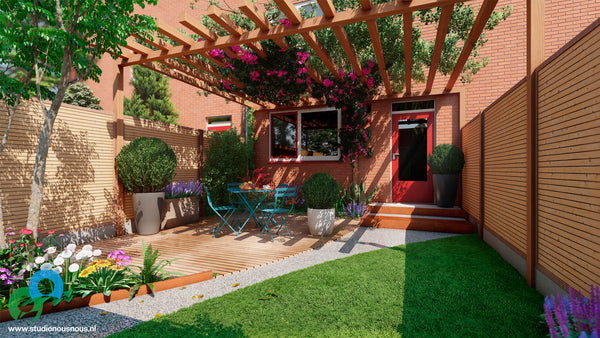
GARDENS

RESIDENTIAL
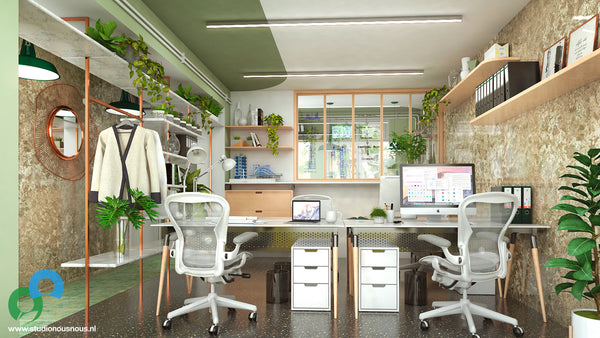
OFFICE
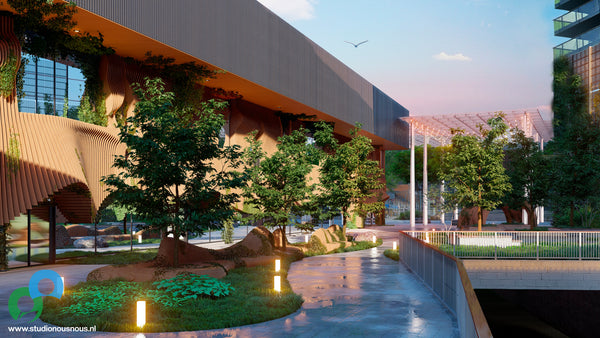
PUBLIC SPACE / ARCHITECTURE / GARDENS

RESIDENTIAL
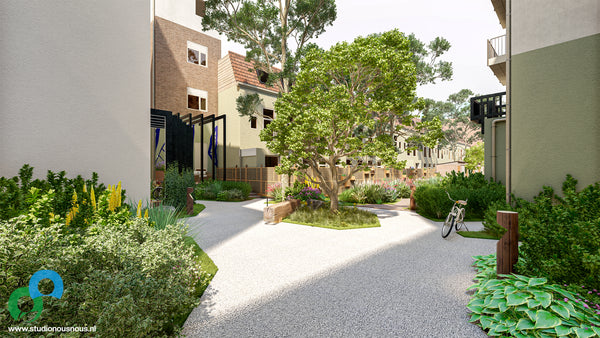
GARDENS
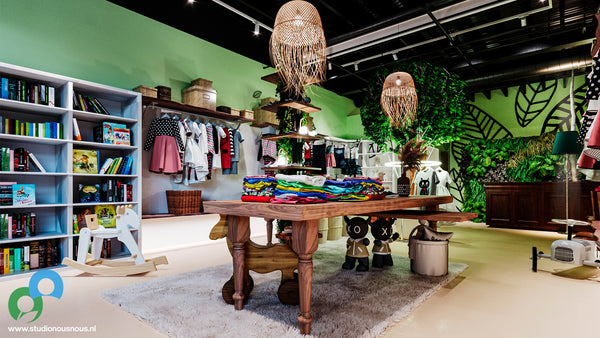
RETAIL

RESIDENTIAL
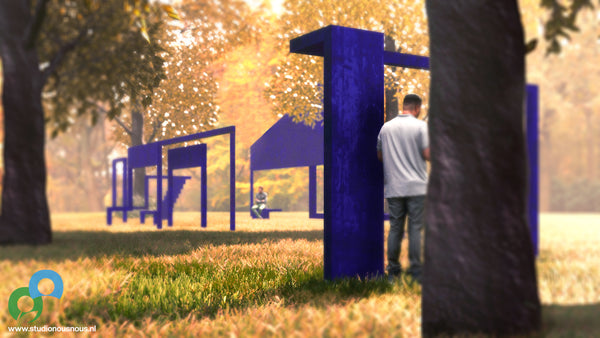
INSTALLATION
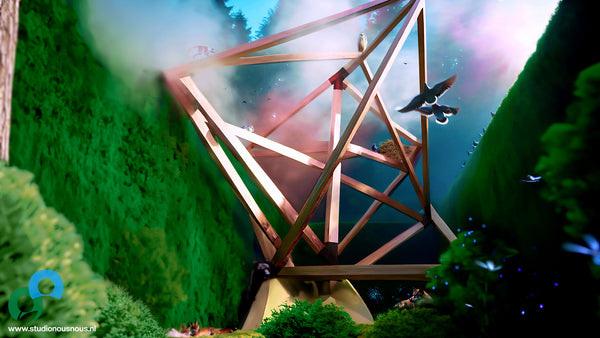
INSTALLATION
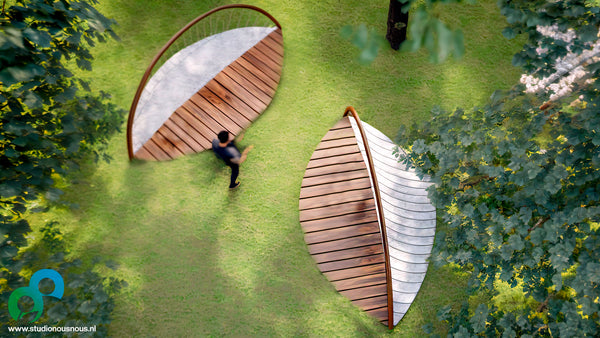
INSTALLATION
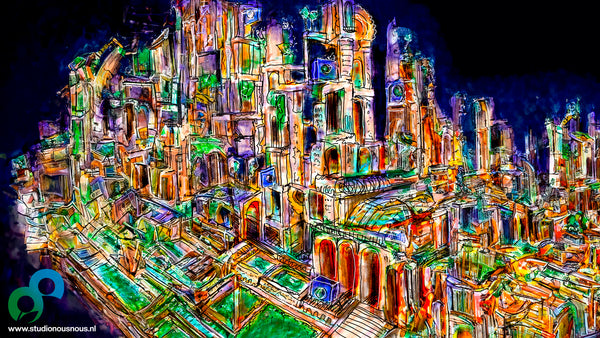
INSTALLATION
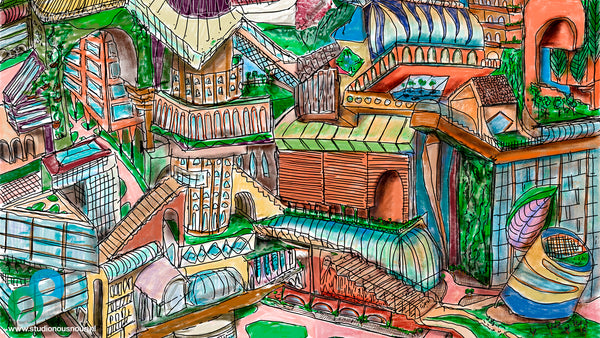
INSTALLATION

IN PROGRESS
Biophilic design is a design methodology based on “Biophilia: The Love of Life and all living systems.” We design to remind and reconnect humans back with nature. By bringing elements of nature inside the space. Using evidence-based-design to create beautiful healing spaces. Inside, outside and in between.
E.Design is an online worldwide service. It is about designing spaces, inside and outside. With the entire process done online. Ideal for who lives both near or far and want the experience of our qualified biophilic design studio. We invented the ideal workflow for distance projects. All by online communication.
LEAF+LAB research is our engine lab for creating creative “green” concepts on different scale. We do creative art direction and lead full research. The goal is finding new solutions to encourage sustainable behaviour. When designing this, it is fundamental to gain a thorough understanding of; user habits and interaction behaviours.
Studio NousNous (Hakim El Amrani) is a Dutch Biophilic design & research studio The work is at the intersection of interiors, architecture and landscape. Challenging all boundaries between the inside and outside. Interweaving elements of nature in every step of the daily lives of residents. We focus on green cities that reduce emmisions, enhance community engagement and improve our wellbeing.
• Biophilic Design (Nature inspired inclusive design. Ranging from objects and furniture to interiors for offices, homes, retail, healthcare, tiny houses, public spaces and more.. Human centered evience-based design with a strong unique identity.)
• E. Design (Worldwide spatial design service. Easy, fast and remote. All communication is done online. From concept to full service design.)
• LEAF+LAB (Research and rapport. Consulting and generating concepts that encourage sustainable behaviour. Contributing to a better world, climate and less waste using design & data.)
We have a strong focus on :
1. Objects & Furniture
2. Interiors
3. Tiny Houses
4. Gardens & Parcs
5. Public Spaces
6. Placemaking
7. Nature Prints & Patterns
Biophilic design is a design approach (methodology) that comes from "Biophilia". The biophilia hypothesis proposes that most humans have an innate love of nature. We long for it and without connecting with it, our health could suffer. So with Biophilic design we re-connect with nature. By bringing nature inside our homes, offices, schools, hospitals, gardens, public spaces, architecture, infrastructures etc. It can be a direct contact, an abstract contact or an in-direct contact with nature.
You might also have come across the word Biomimicy. Do know that Biomimicry is another discipline within the same family "connecting with nature". It is about “mimicry,” or more accurately, the emulation of life’s engineering. In contrast, biophilic design describes humans 'connection with nature' and biophilic is replicating experiences of nature in design to reinforce that connection.
Biomimicry is an innovation method to achieve better performance, more about how nature functions; biophilic design is an evidence-based design method to improve health and wellbeing. Biomimicry is more heavily used in technology and product development circles; biophilic design applies more directly to interior design, architecture, and urban design. Biophilic design is an applied solution to appease this desire for nature by integrating natural elements and processes into the built environment.
By using Biophilic design principles you can create a healthy nurturing space. Not every space can be designed to incorporate all the biophilic principles, but try to apply as many as you can.
The 14 patterns are grouped into three categories:
A.) Nature in the space
1. Visual Connection with Nature
2. Non-Visual Connection with Nature
3. Non-Rhythmic Sensory Stimuli
4. Access to Thermal & Airflow Variability
5. Presence of Water
6. Dynamic & Diffuse Light
7. Connection with Natural Systems
B.) Natural Analogues
8. Biomorphic Forms & Patterns
9. Material Connection with Nature
10. Complexity & Order
C.) Nature of the space
11. Prospect
12. Refuge
13. Mystery
14. Risk/Peril
E. Design is an online design service that Studio NousNous offers, mainly for smaller spaces inside and outside. Worldwide.
Because the entire design process is online and communication with client is by email. It gives opportunities to work together all over the world. There are no boundaries. Studio NousNous has been developing this process for years. We believe that clients, that just want to tackle that particular space for years. Also have to be able to receive a professional healthy "green" design. Be it a company or home-owner. We do not make a difference. We have always had the vision of greening spaces for everyone at every scale.
So the benefits of an international collaboration by well planned online communication:
1. No time restrictions. The space can come together at your chosen pace. Whether you want to run the space(s) at night or in 2 years from start to finish. You set the pace. Once the plan we designed is complete, it is in your hands. You decide whether to continue with our exact suggestions or use them as inspiration to find something else. You are in control.
2. It's relaxing + comfortable + non-intimidating. As soon as we correspond via email and video-calls, you send the photos, drawings + dimensions of the space(s) you want to work on, completely at your leisure. No worries that every space is super clean or 'perfect'. There is no need to make a physicall appointment. All contact can be online.
3. You do some of the work. You complete a detailed design questionnaire that provides all the necessary information to create the design idea. You also send photos and measurements of your chosen space. We collect the information and research to create a unique space or spaces and you just have to run it and wait for the deliveries (furniture, materials, lightning, etc. etc.)!
If you need custom-designed furniture, no problem! We deliver the design, the drawings and presentations as well.